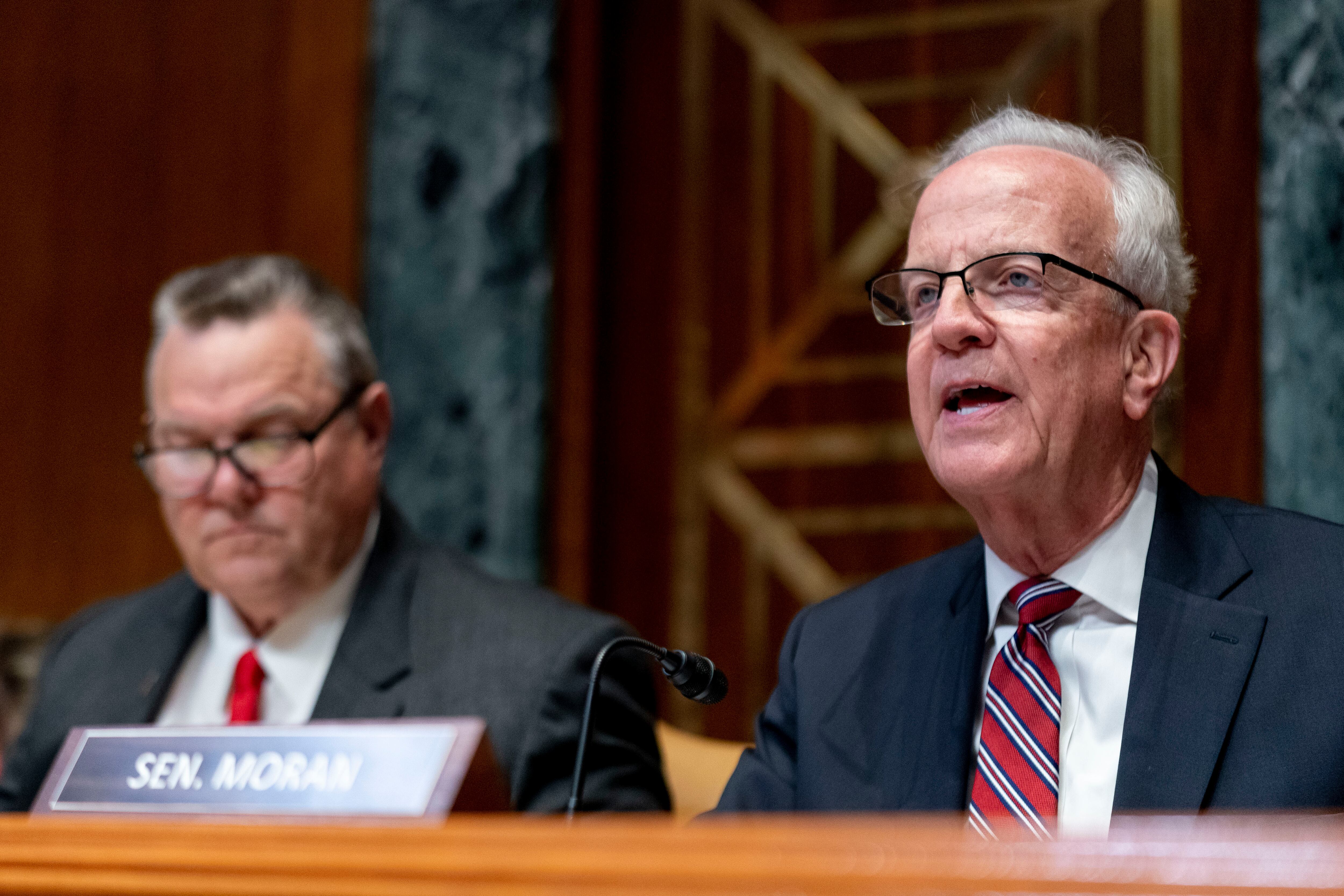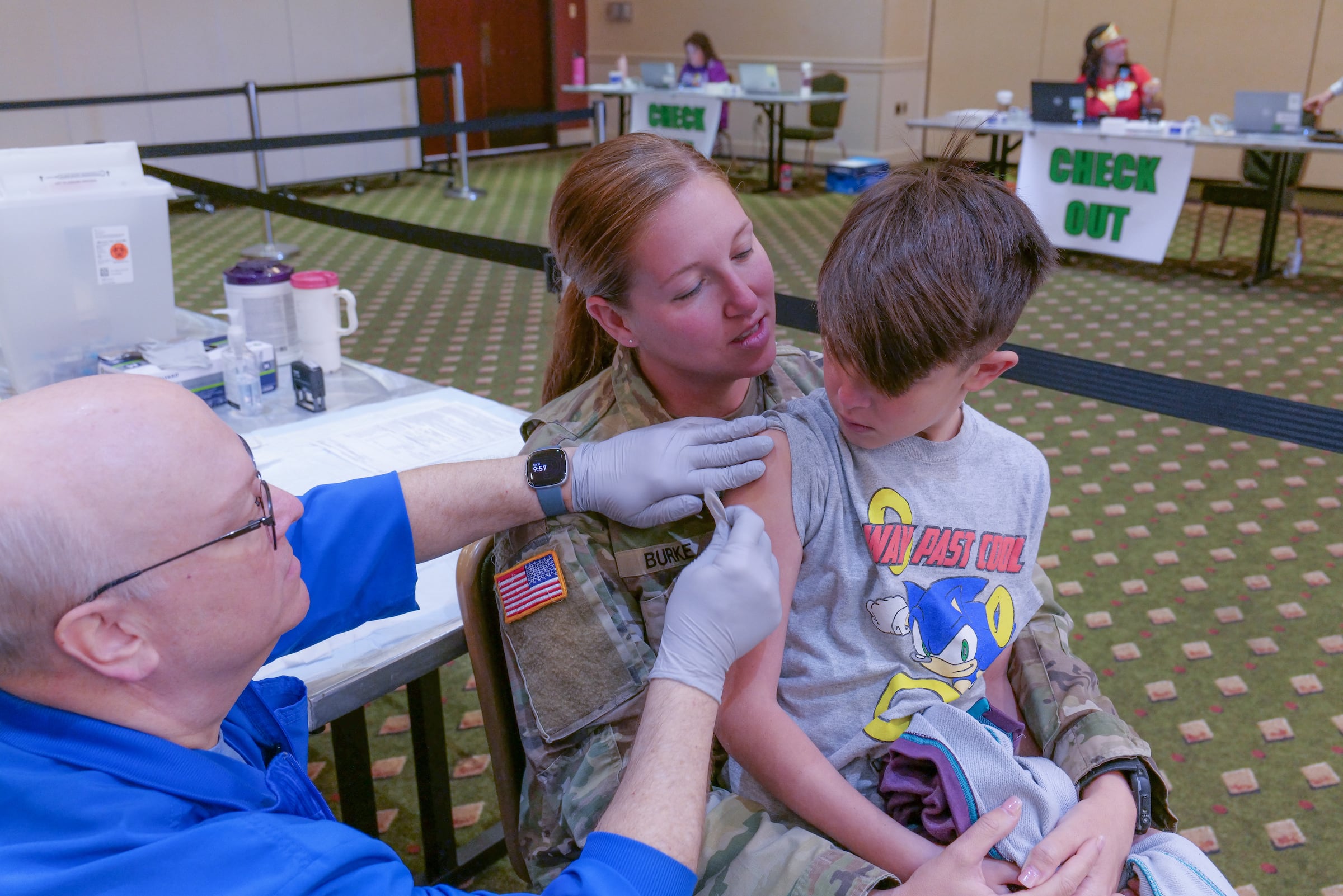SEOUL, South Korea — North Korea said Friday it test-fired long-range cruise missiles in waters off its eastern coast a day earlier, adding to a provocative streak in weapons demonstrations as its rivals step up military training.
The U.S. and South Korean militaries didn’t immediately confirm the North Korean launches, which state media said were intended to verify the reliability of the missiles and the rapid-response capabilities of the unit that operates those weapons.
The launches would have taken place as the United States and South Korea held a simulated military exercise in Washington aimed at sharpening their response to North Korean nuclear threats.

Pyongyang’s official Korean Central News Agency said the exercise involved four missiles, which flew for nearly three hours after being launched from a northeastern coastal area, drawing oval and figure-eight patterns above the sea, and showed that they can hit targets 2,000 kilometers (1,240 miles) away.
North Korea first tested a long-range cruise missile system in September 2021 and has implied they are being developed to be armed with nuclear warheads.
It also test-fired an intercontinental ballistic missile Saturday and a pair of short-range missiles Monday to demonstrate a dual ability to conduct nuclear strikes on South Korea and the U.S. mainland.
North Korea said Monday’s short-range launches were a response to the United States flying B-1B bombers to the region for joint training with South Korean and Japanese warplanes on Sunday in a show of force following the North’s ICBM test.
Prior to the ICBM launch, North Korea vowed an “unprecedentedly” strong response over a series of military drills planned by Seoul and Washington. North Korea for decades has described the annual U.S.-South Korea drills as rehearsals for a potential invasion, although the allies say their exercises are defensive in nature.
Long-range cruise missiles are among a growing number of North Korean weapons and are designed to be maneuverable in flight to better evade missile defenses.
Since the collapse of nuclear negotiations with the United States in 2019, North Korea has been accelerating its development of short-range solid-fuel ballistic missiles targeting South Korea, including those that travel on low trajectories that theoretically make them harder to intercept.
North Korea is also trying to develop solid-fuel ICBMs, which could be easier to move on vehicles and can be fired faster than the North’s existing liquid-fuel ICBMs, reducing opportunities for opponents to detect the launches and counter them.
The KCNA said Thursday’s tests were aimed at verifying the war readiness of its nuclear combat force, which is “bolstering up in every way its deadly nuclear counterattack capability against the hostile forces.”
North Korea is coming off a record year in weapons demonstrations with more than 70 ballistic missiles fired, including ICBMs with potential to reach the U.S. mainland. It also conducted what it described as simulated nuclear attacks against South Korean and U.S. targets in response to the allies’ joint military exercises.
Leader Kim Jong Un doubled down on his nuclear push entering 2023, calling for an “exponential increase” in nuclear warheads, mass production of battlefield tactical nuclear weapons targeting “enemy” South Korea and the development of more advanced ICBMs.
The U.S. Department of Defense and South Korea’s Defense Ministry said the U.S. and South Korean militaries conducted a simulation at the Pentagon on Wednesday that was focused on the possibility of the North Korean use of nuclear weapons. The allies also discussed various adoptions to demonstrate their “strong response capabilities and resolve to response appropriately” to any North Korean nuclear use.
The Americans during the meeting highlighted the Biden administration’s 2022 Nuclear Posture Review, which states that any nuclear attack by North Korea against the United States or its allies and partners is “unacceptable and will result in the end of that regime,” the U.S. Department of Defense said. It was referring to a legislatively mandated document that spells out U.S. nuclear policy and strategy for the next five to 10 years.
The U.S. and South Korean delegations also visited U.S. nuclear submarine training facilities at Naval Submarine Base Kings Bay in Georgia, where they were briefed on the mission of Ohio-class nuclear-powered ballistic missile submarines. U.S. officials at the base described such forces as key means of providing U.S. extended deterrence to allies, referring to a commitment to defend them with the full range of its military capabilities, including nuclear ones.
In face of the North’s growing threats, South Korea has been seeking stronger reassurances from the United States that it would swiftly and decisively use its nuclear capabilities to defend its ally from a North Korean nuclear attack.
“The United States will continue to work with (South Korea) to ensure an effective mix of capabilities, concepts, deployments, exercises, and tailored options to deter and, if necessary, respond to coercion and aggression by (North Korea),” the Department of Defense said in a statement.
The U.S. and South Korean militaries have another joint computer-simulated exercise and field training scheduled in March, which South Korean officials say would involve the allies’ biggest live-fire training in years.





